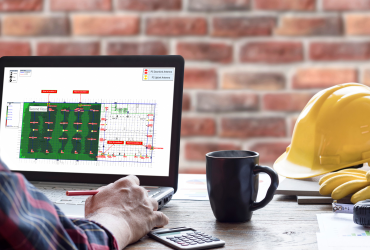Public Safety Codes and Standards
Internationally, code officials recognize the need for a modern, up-to-date fire code addressing conditions hazardous to life and property from fire, explosion, handling or use of hazardous materials and the use and occupancy of buildings and premises. The International Fire Code (IFC) is designed to meet these needs through model code regulations that safeguard the public health and safety in all communities, large and small.
Section 510 pertains to Emergency Responder Communication Coverage.
Section 1103 pertains to Fire Safety Requirements for Existing Buildings.
National Fire Protection Association (NFPA) publishes more than 300 consensus codes and standards intended to minimize the possibility and effects of fire and other risks. NFPA codes and standards, administered by more than 250 Technical Committees comprising approximately 8,000 volunteers, are adopted and used throughout the world. NFPA 1221 is the standard for the Installation, Maintenance, and Use of Emergency Services Communications Systems.
Section 9.6 of this standard pertains to Two-Way Radio Communications Enhancement Systems.
NFPA 72 is the standard for National Fire Alarm and Signaling Code.
Section 24.5.2 of this standard pertains to Two-Way Radio Communications Enhancement Systems.



